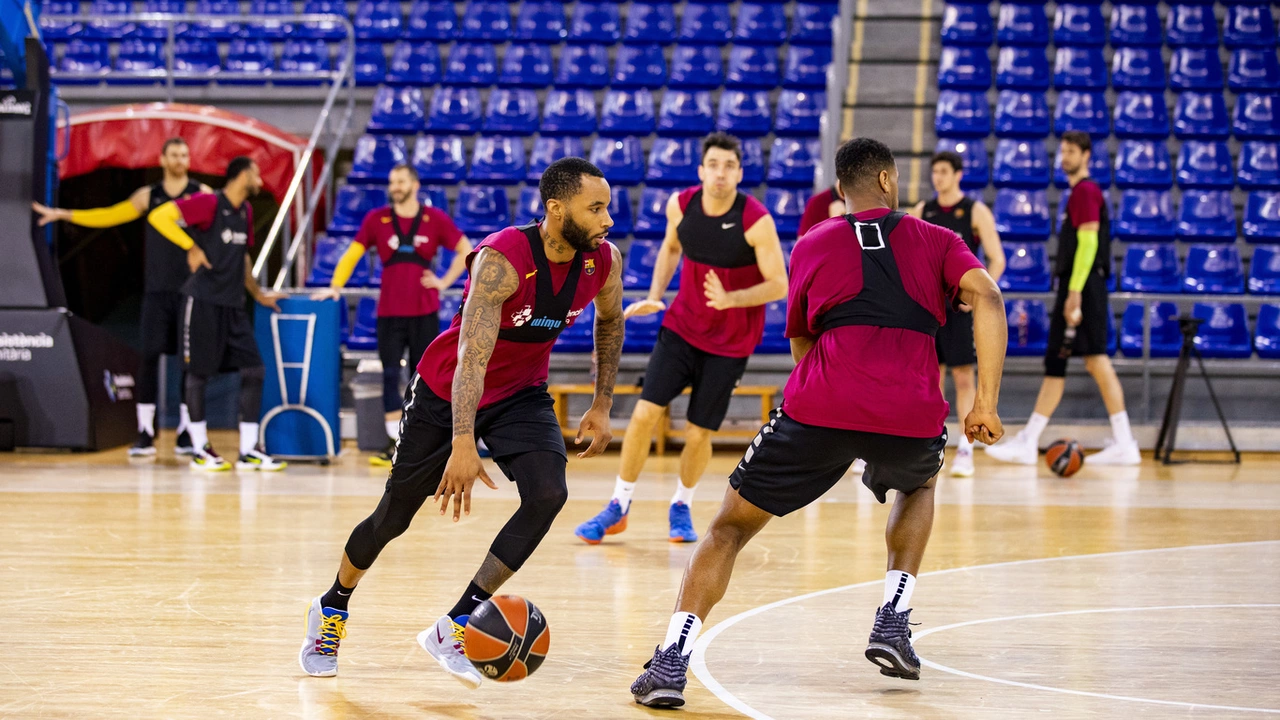Sports and Fitness: Smart Ways to Train for Basketball
If you love basketball, you probably wonder how many hours you should spend on the court each day. The quick answer? More isn’t always better. Training 6‑10 hours a day sounds intense, but it can backfire with fatigue, injuries, and a loss of passion. The sweet spot lies in mixing hard work with smart recovery.
Most players think that piling on hours will guarantee faster improvement. In reality, your muscles, joints, and mind need rest to grow stronger. Think of training like building a house – you need strong foundations (basic skills), solid walls (strength work), and a roof (game sense). If you keep adding floors without a sturdy base, the whole structure collapses.
Finding the Right Training Balance
A balanced schedule starts with setting clear goals. Ask yourself: Do I want to boost shooting accuracy, increase vertical jump, or enhance stamina? Once you know the priority, allocate time accordingly. For example, a typical week might look like this:
- 2 days of skill drills (shooting, dribbling, footwork)
- 2 days of strength and conditioning (weight work, plyometrics)
- 1 day of light cardio or active recovery (jog, swim, yoga)
- 2 rest or low‑intensity days to let the body heal
This plan keeps you on the court without overloading any single area. Notice the emphasis on rest – those two days are just as crucial as the five you train.
Quality beats quantity every time. A focused 90‑minute session with clear objectives beats three scattered hours of half‑hearted practice. Use a timer, set specific drills, and track progress. When you finish a drill, take a short break, hydrate, and then move to the next. This keeps intensity high and reduces the risk of sloppy form, which often leads to injuries.
Avoiding Burnout and Injuries
Burnout feels like a mental wall. You sit on the bench, tired, and wonder why you started. The cure is simple: schedule breaks and vary your workouts. Switch a heavy leg day for a shooting day, or replace a hard sprint session with a stretching routine. Variety keeps your brain engaged and your muscles guessing.
Injuries usually come from two things – overuse and poor technique. Overuse happens when you repeat the same motion without giving tissue enough time to repair. To stop it, follow the 48‑hour rule: after a high‑impact drill, give that muscle group at least two days of lighter work or rest. Poor technique can be fixed by video‑reviewing your moves or asking a coach for feedback. Even small tweaks in foot placement or hand positioning can save you from a sprain later.
Listen to your body. If you feel a lingering ache, treat it like a warning light. Ice it, stretch, and adjust the next workout’s intensity. Ignoring the signal only makes the problem bigger and sidelines you longer.
Finally, nutrition and sleep are the hidden power-ups. A balanced diet with protein, carbs, and healthy fats fuels recovery. Aim for 7‑9 hours of sleep to let your muscles rebuild and your mind process new skills.
Bottom line: You don’t need to train 6‑10 hours a day to get better at basketball. Focus on purposeful, varied sessions, respect rest, and keep an eye on technique. Your performance will rise, and you’ll stay in the game longer.
